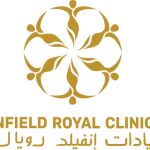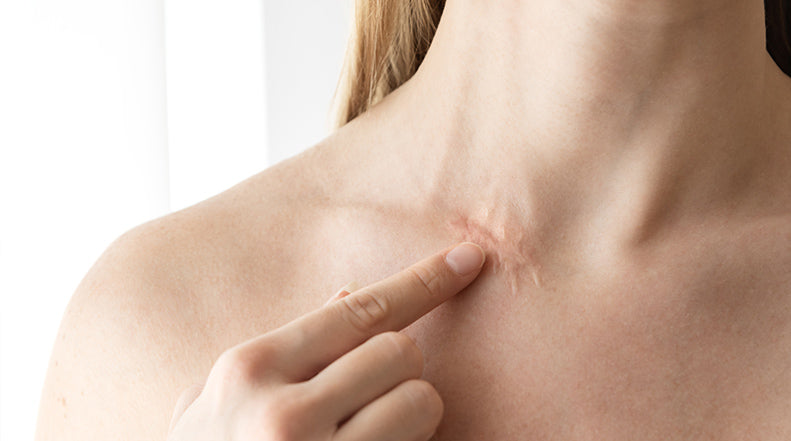Hypertrophic Scars can be challenging to manage, but with the right approach, optimal healing is possible. These raised, red scars often result from trauma or surgery, causing physical and emotional distress. Understanding the intricacies of hypertrophic scars and implementing a comprehensive rehabilitation plan are crucial steps toward achieving smoother, healthier skin.
Understanding Hypertrophic Scars
Hypertrophic scars are a type of raised scar that develops when the body produces excess collagen during the healing process. Unlike keloid scars, which extend beyond the original wound site, hypertrophic scars remain within the boundaries of the injury. They are characterized by their raised appearance, red coloration, and potential for itchiness and discomfort.
Causes and Risk Factors
Several factors contribute to the formation of hypertrophic scars, including genetic predisposition, injury type and severity, skin tension, and inflammation. Individuals with darker skin tones are also more prone to developing hypertrophic scars. Common triggers include burns, cuts, surgeries, and acne.
Diagnosis and Evaluation
Diagnosing hypertrophic scars involves a thorough examination by a healthcare professional. The scar's size, color, texture, and symptoms are assessed to determine the appropriate treatment approach. In some cases, additional tests such as biopsies may be conducted to rule out other skin conditions.
Treatment Options
Topical Treatments
Topical treatments such as silicone gel sheets, gels, and creams are commonly used to manage hypertrophic scars. These products help flatten and soften the scar tissue, reduce redness, and alleviate itching. Regular application as directed by a healthcare provider is essential for optimal results.
Invasive Procedures
Invasive procedures like surgical scar revision may be recommended for larger or persistent hypertrophic scars. During this procedure, the scar tissue is surgically removed, and the wound is closed using advanced techniques to minimize scarring. Dermabrasion and laser resurfacing are also options for improving scar appearance.
Non-Invasive Therapies
Non-invasive therapies such as laser therapy and corticosteroid injections can effectively reduce scar size and redness. Laser treatments target the scar tissue's blood vessels, promoting collagen remodeling and smoother skin texture. Corticosteroid injections help reduce inflammation and control scar growth.
Rehabilitation Techniques
In addition to medical interventions, rehabilitation techniques play a crucial role in scar healing and management. These techniques include:
- Scar Massage: Gentle massage of the scar tissue can improve blood flow, soften the scar, and reduce tightness.
- Silicone Sheets and Gels: Applying silicone sheets or gels to the scar can flatten and hydrate the tissue, promoting a smoother appearance.
- Pressure Garments: Pressure garments exert constant pressure on the scar, helping to flatten it and reduce excessive collagen production.
- Laser Therapy: Laser treatments target scar tissue, stimulating collagen remodeling and improving skin texture.
- Corticosteroid Injections: Injections can reduce inflammation and prevent further scar enlargement.
Lifestyle Modifications for Scar Healing
Beyond medical and rehabilitation interventions, certain lifestyle modifications can support scar healing. These include:
- Nutrition and Hydration: A balanced diet rich in vitamins, minerals, and antioxidants supports skin health and healing. Proper hydration is also essential for skin elasticity.
- Sun Protection: Protecting scars from sun exposure helps prevent pigmentation changes and reduces the risk of scar darkening.
- Avoidance of Irritants: Avoiding harsh skincare products and irritants can prevent irritation and inflammation of the scar tissue.
Psychological Support
Dealing with hypertrophic scars can impact mental well-being. Psychological support, such as counseling or support groups, can help individuals cope with the emotional challenges of scar appearance and management.
Follow-Up Care and Monitoring
Regular follow-up appointments with healthcare providers are crucial for monitoring scar progress and adjusting treatment as needed. It's essential to communicate any changes or concerns regarding the scar's appearance or symptoms.
Success Stories: Real-Life Experiences of Scar Rehabilitation
Sharing success stories of individuals who have undergone successful scar rehabilitation can provide hope and encouragement to others facing similar challenges. These stories highlight the effectiveness of comprehensive care and the positive impact on quality of life.
In conclusion, Hypertrophic Scars Treatment in Riyadh requires a multifaceted approach to rehabilitation for optimal healing. By combining medical treatments, rehabilitation techniques, lifestyle modifications, and psychological support, individuals can achieve smoother, healthier skin and improve their overall well-being.






Comments